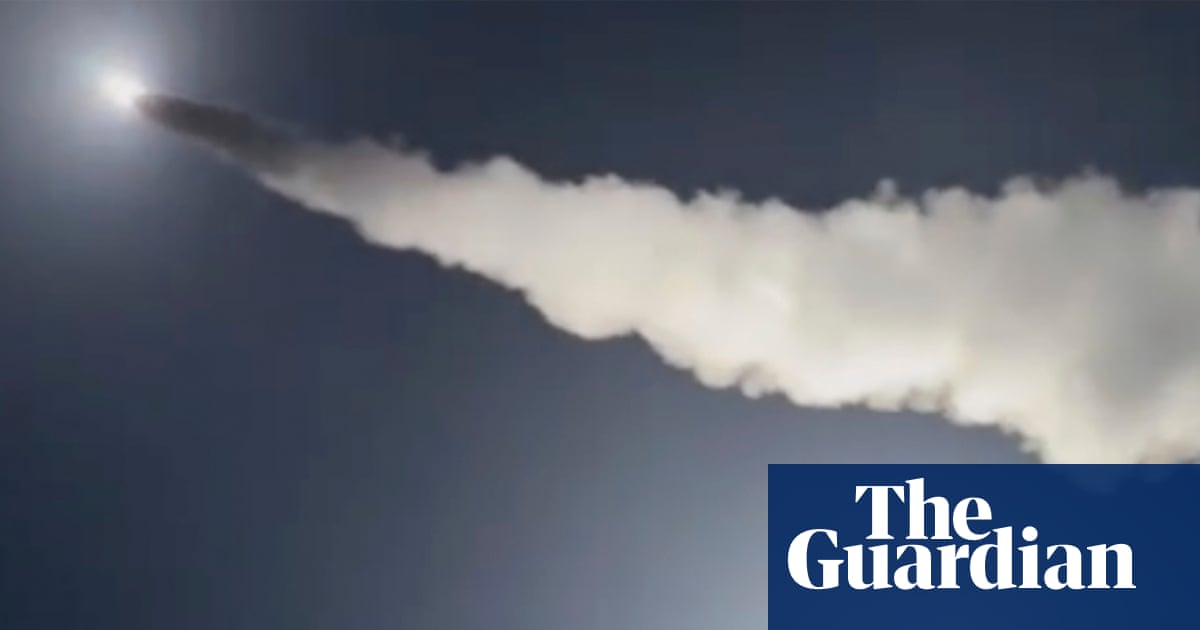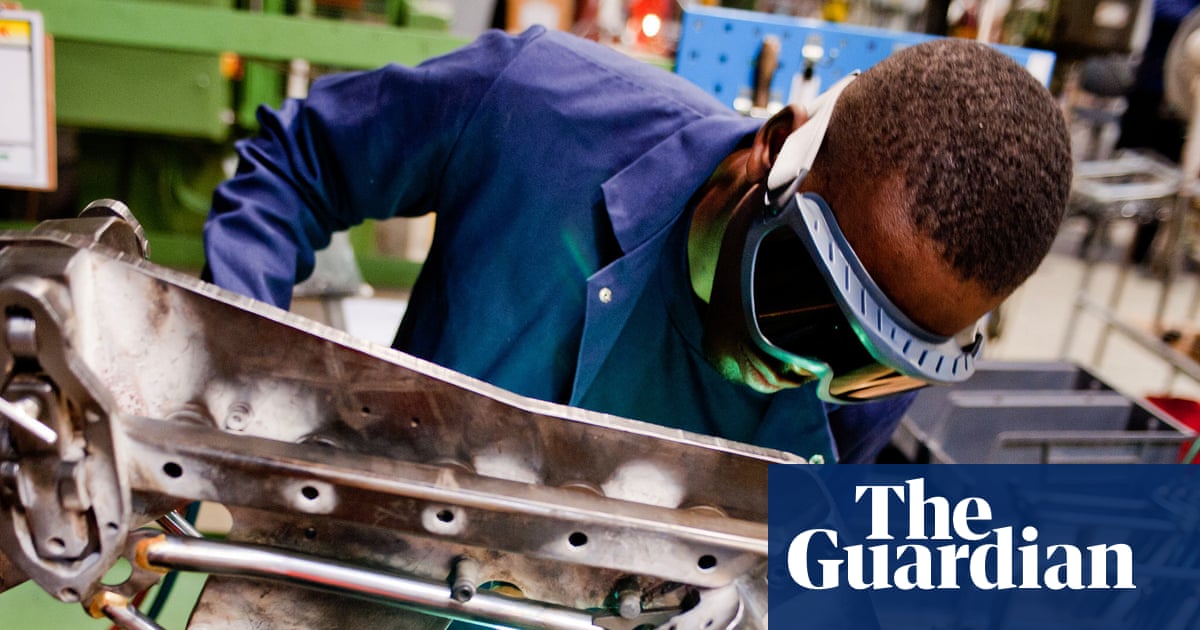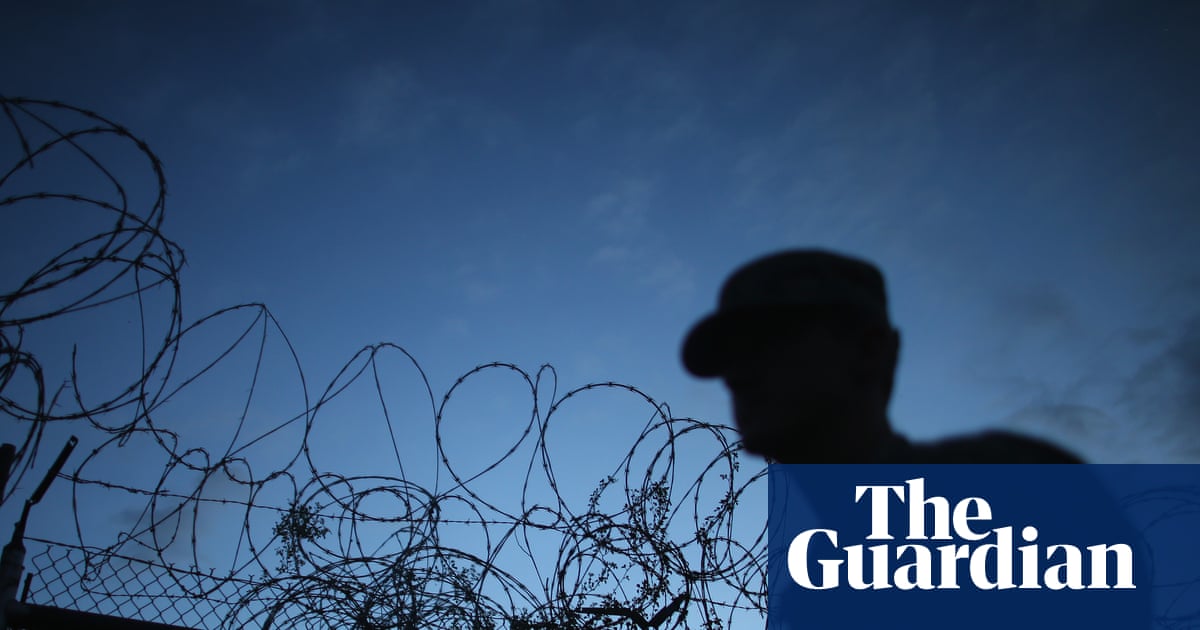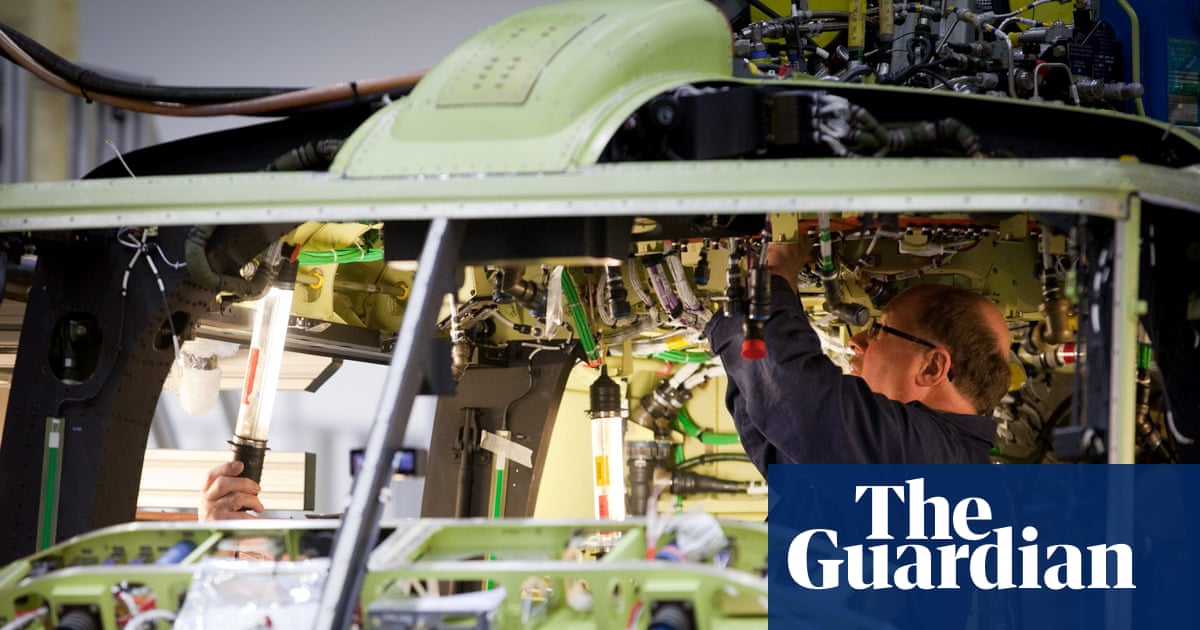In 1930, Trinidad and Tobago produced more than 40% of the British empire’s oil. By the 1970s, the newly independent republic was producing 278,000 barrels of crude oil a day. For a country of just 1 million people, after the collapse of its sugar and cocoa industries, oil proved to be transformative.
Today, with a population of 1.5 million and oil production down to less than 54,000 barrels a day, Trinidad and Tobago is at a crossroads. The country’s only petroleum refinery closed in 2018 due to mismanagement and declining production by the state-owned Petrotrin company. A recent analysis noted that the energy revenues plummeted 48.4% to $14.7bn (£10.9bn) in the last fiscal year, while non-energy revenues grew by 26% to $32.7bn.

With crude oil production declining since the 2000s (while gas increased, then sharply decreased), the country faces a standoff. Environmentalists are calling for a greener economy, while the new government, like its predecessors, pushes for more deepwater exploration.
“We have fallen victim to ‘Dutch disease’ – a dependence on one single sector – which has defined who we are from an economic and social perspective,” says Indera Sagewan, an economist and director of the Caribbean Centre for Competitiveness.
“Non-energy economic diversification is imperative as the way forward for Trinidad and Tobago. We are living a defining moment.”
Unlike other oil-dependent states, such as Norway, the UAE and Qatar, Trinidad and Tobago has failed to maximise the benefits of the Heritage and Stabilisation Fund, which was established in 2007 to invest surplus revenues as a means of consolidating the legacy of oil wealth.
Now, the country faces the prospect of chronic low growth, according to an OECD report published in December. Last year, GDP grew by an estimated 1.7%, up from 1.4% in 2023. The government also faces rising unemployment rates and fiscal pressures, with public debt reaching 64.5% of GDP in 2024 – higher than the average of 51.9% in Central America and the Caribbean, according to the OECD.
To escape the low-growth trap, experts such as Sagewan have long argued that Trinidad and Tobago should diversify its economy, a challenge for a commodity-exporting country reliant on oil and gas.
Introduced in 2022, the country’s green hydrogen strategy is a step in that direction, aiming to overhaul the energy sector by shifting from grey to green hydrogen (the former produced from gas, which creates CO2 emissions; the latter splitting water using renewable energy), using existing petrochemical infrastructure, and producing 4m tonnes of green hydrogen annually by 2065. The country has also announced plans to install 57GW of offshore wind capacity by 2065 with the aim of achieving 30% renewable electricity generation.
Yet, all of that remains just a “very early-stage” plans, according to Sagewan.
On 13 August, the government of the prime minister, Kamla Persad-Bissessar, signalled its intent to press on with fossil fuels by signing a deal with ExxonMobil to explore a vast ultra-deepwater block off the country’s east coast, covering more than 7,000 sq km in waters more than 1.2 miles (2km) deep.
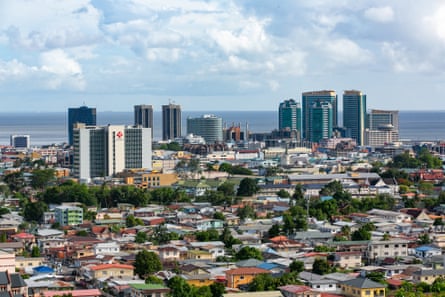
If reserves are found, the investment could reach up to $21.7bn, according to the energy minister, Roodal Moonilal.
The deal underscores the new government’s commitment to deepwater drilling, seeking new discoveries in unexplored Atlantic waters like the oil rush in nearby Guyana and Suriname.
“There is no real strong stakeholder movement here that says: ‘Stop exploring for oil and gas in Trinidad and Tobago’,” says Dax Driver, chief executive of the Energy Chamber, the industry’s lobby group.
From the first oil well drilled in the 19th century to the discovery of offshore gas fields in the 1990s, fossil fuels have been Trinidad and Tobago’s economic lifeblood, bringing infrastructure and wealth far beyond Caribbean neighbours.
The oil money transformed lives for the better in many ways: free university education, extensive public-sector employment, subsidised electricity, gas and water that were among the cheapest utilities in the world, and petrol prices at a third of UK levels. A thriving middle class and a wealthy elite emerged; highways, hospitals and airports were built.
But wealth also fuelled corruption, inequality and violent crime. The country remains heavily dependent on oil, while drilling and spills threaten the fragile ecosystems.
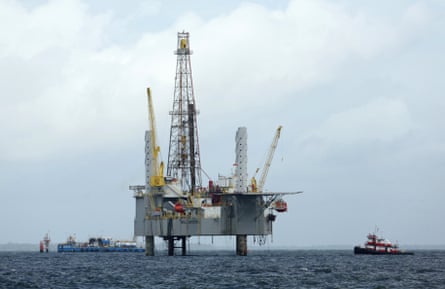
Now, experts question how close Trinidad and Tobago is to a crunch point. A 2019 report by a US consultancy estimated there were 10 years of gas reserves left.
Last year, Stuart Young, then energy minister, said reserves had risen to 11 years, or potentially 20 with efficient extraction. However, the oil cartel Opec’s data indicates that crude oil output is in freefall, and gas production is also declining.
after newsletter promotion
Driver says: “On current evidence, Trinidad and Tobago’s reserve-to-production ratio for gas is about 10 years.”
By contrast, Guyana and Suriname have discovered vast offshore reserves with hundreds of years left, driving fossil fuel revenues. The discoveries raised hope that new fields could also be developed in Trinidad and Tobago. “You can find new reserves using new technology,” says Driver. “Or drill deeper.”
A recent gas find between Tobago and Barbados has increased optimism among fossil fuel advocates. But uncertainties persist since much of the deep Atlantic remains unexplored. Offshore acreage extends 125 miles into the Atlantic, though recovery rates are low – about 10 to 15% for each oilfield.
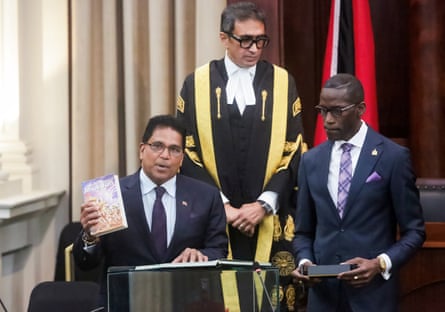
Still, investing heavily in oil and gas exploration has once again become a priority after April’s elections in Trinidad and Tobago restored the United National Congress (UNC) party to government under Persad-Bissessar.
Moonilal says the government supports decarbonisation initiatives, such as the Brechin Castle solar farm, the largest in the region, which could supply 10% of the nation’s electricity. However, fossil fuels remain the priority. “We need to be finding more natural gas,” the energy minister says.
“Natural gas production declined by 34% from 2015 to 2024, and oil declined by 35% over the same period,” he says. “At the end of 2022, proven gas reserves stood at 57tn cubic feet [1.14bn tonnes]. That represents significant potential for future discoveries, particularly in deepwater acreage. Deepwater exploration is important to us.”
Moonilal adds that Trinidad and Tobago hopes to also export its energy expertise. “Guyana, Suriname and Grenada are at different hydrocarbon development stages. We have great human resource expertise and infrastructure. We also have plants that need raw material,” he says. “We see a win-win scenario.”
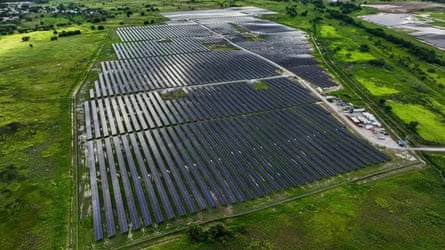
Going against this enthusiasm for oil and gas, environmentalists and economists warn that such reliance on fossil fuels exposes Trinidad and Tobago to ecological harm, price shocks and socioeconomic collapse in a region vulnerable to extreme weather events.
The climate crisis has cost Caribbean countries an average of 2.13% of regional GDP annually from 1980 to 2020, according to the OECD. Meanwhile, Trinidad’s per capita emissions rank eighth highest globally, at 22.8 tonnes, which is more than five times the rate of the UK.
Aidan Farrell, of the University of the West Indies, says the Caribbean has warmed by about 1C (1.8F) since 1960, with a similar rise expected by 2050.
“There is a lot of attention on how we will be able to produce enough food. The government is preparing for more frequent tropical storms, sea-level rise and coastal erosion, where most economic activity, including oil and gas, is located,” he says.
Environmentalists argue that the ecological toll is already high. “Oil spills, gas flaring and industrial waste have degraded ecosystems, impacted fisheries and exposed coastal communities to real harm,” says Dizzanne Billy, regional director of Climate Tracker Caribbean.
“We’re faced with a troubling paradox: a small island bearing the brunt of climate impacts while contributing significantly to the problem.”
The country has faced several environmental disasters in recent years. In 2024, a capsized barge triggered a national emergency, with oil spreading hundreds of miles to the island of Bonaire, contaminating beaches, mangroves and coral.
Billy stresses the urgent need to pivot away from fossil fuels. “The urgency isn’t just environmental; it’s economic, social and generational,” she says. “Fossil fuel wealth hasn’t trickled down equally. Frontline communities face underinvestment while absorbing environmental fallout. That’s not just economic – it’s a climate justice issue.”
For campaigners such as Billy, a continued focus on fossil fuels is shortsighted. “Our dependence leaves us vulnerable to global price shocks,” she says.
The problem is that diversification remains at an early stage. Tourism is marginal outside carnival week in spring, and agriculture needs a dramatic boost to fill the oil void.
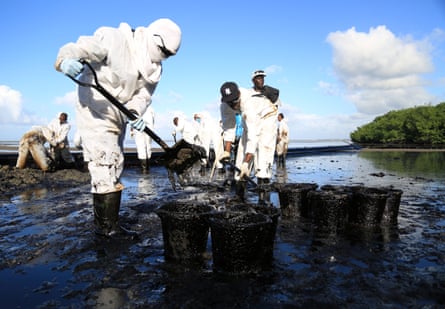
Still, Sagewan sees the country as a potential exporter of food globally. Michael J Cooper, an expert in energy finance and a former economist at the energy ministry, sees banking and insurance expanding with a development strategy over the next decade.
He lists manufacturing, tourism, film, entertainment, shipping, shipbuilding and ship repair, as well as food production, as viable alternatives.
“We have a very educated workforce, with many highly skilled people relative to other developing countries,” he says. “While energy production decline is slow, the government should act early to stimulate other sectors.”
Billy calls for a new model that focuses on renewables, regenerative agriculture, digital services, community tourism and the creative economy.
“We need policies empowering workers to transition with dignity through re-skilling, support systems and clear pathways into new industries,” she says. “It means shifting power to communities most affected by our current economic model, placing them at the heart of the redesign.”

 3 months ago
200
3 months ago
200


